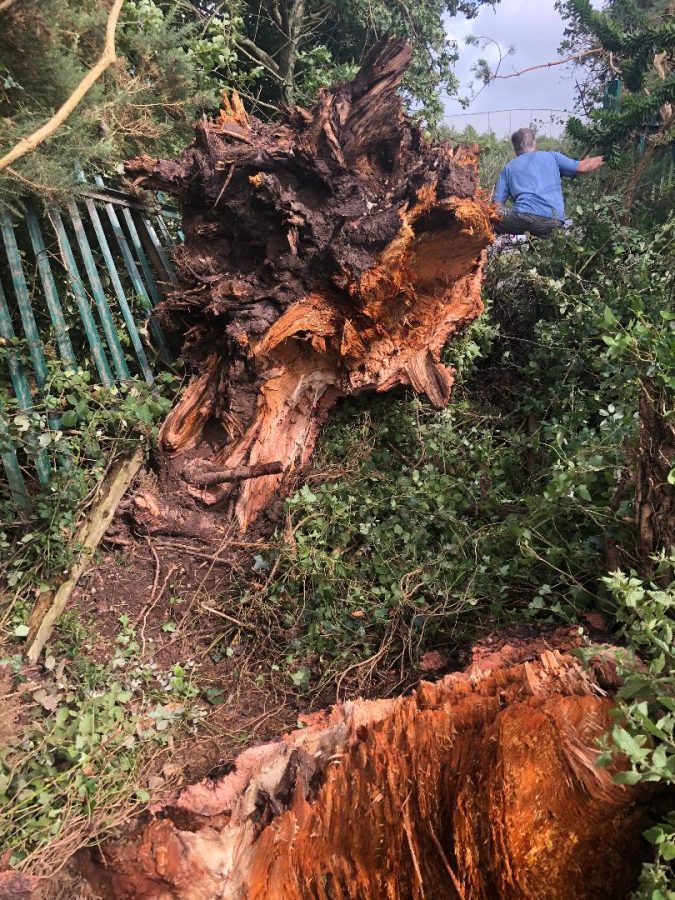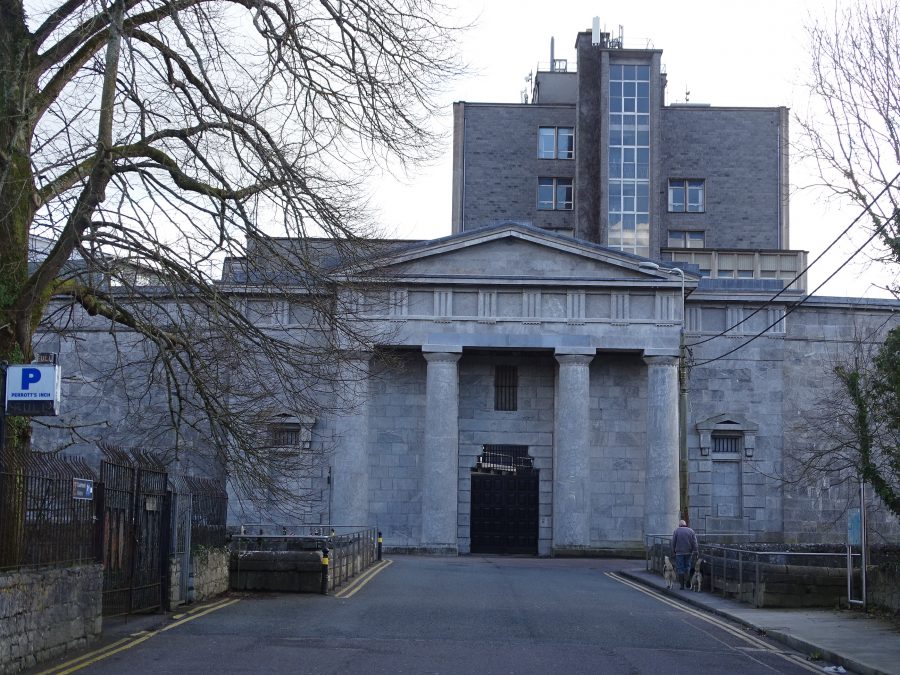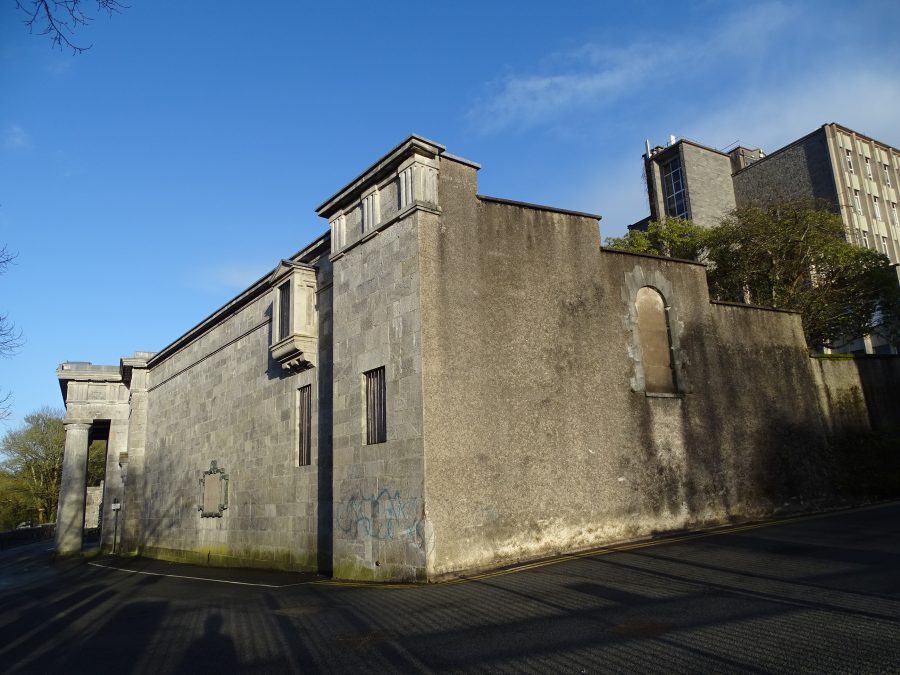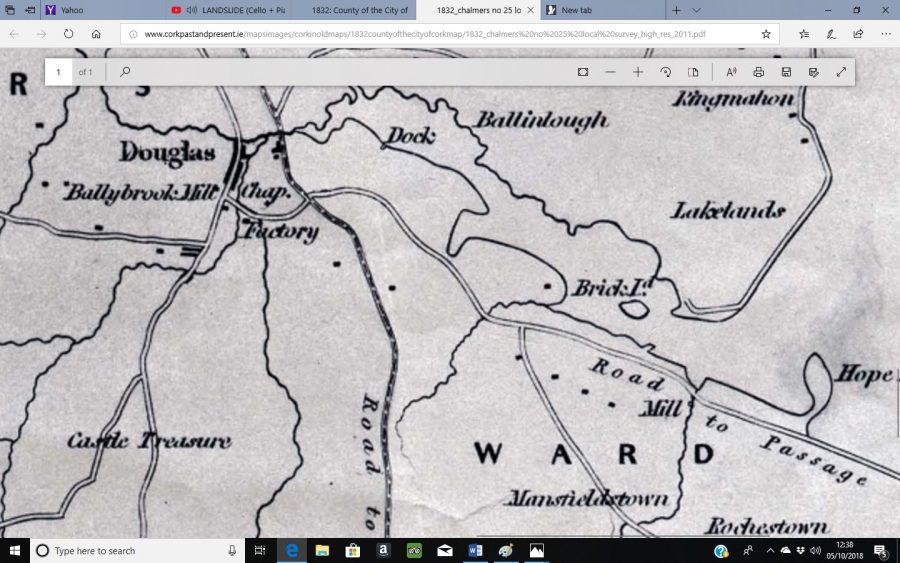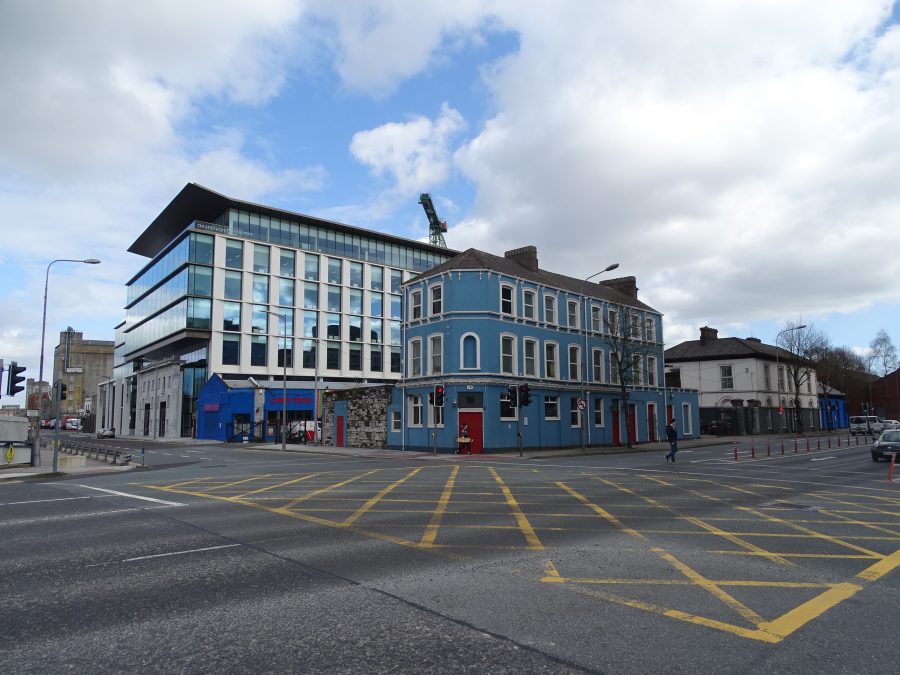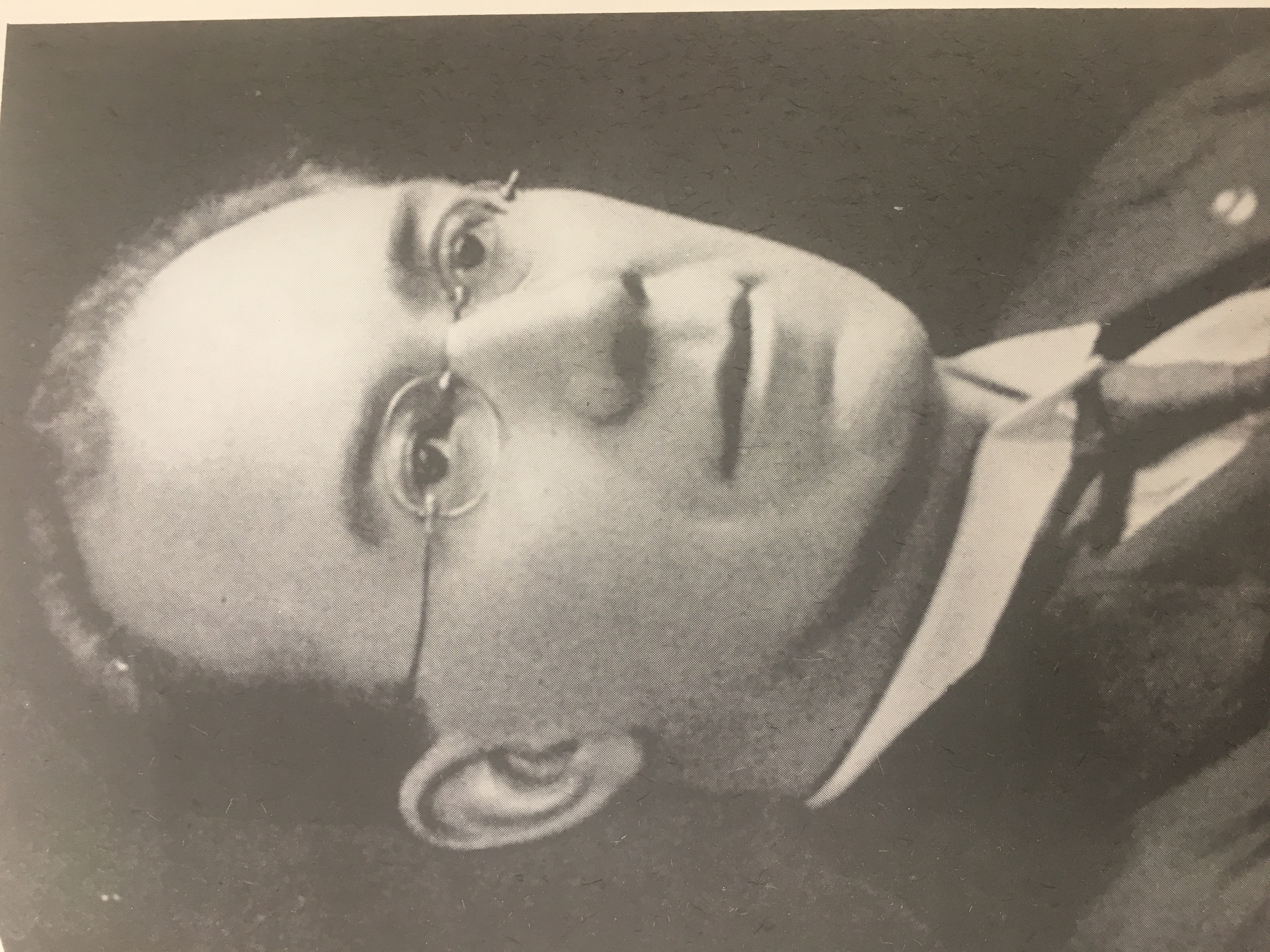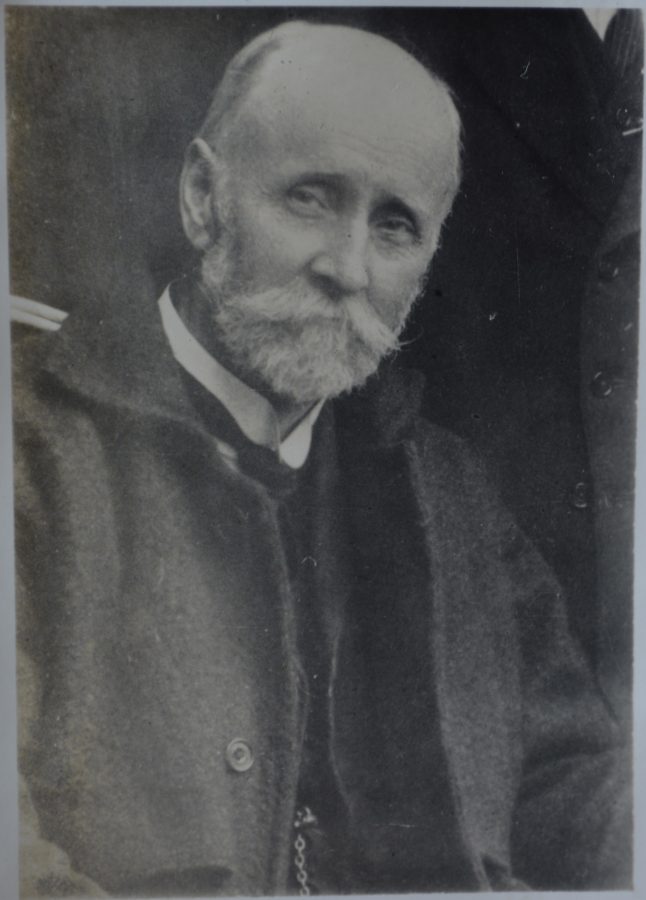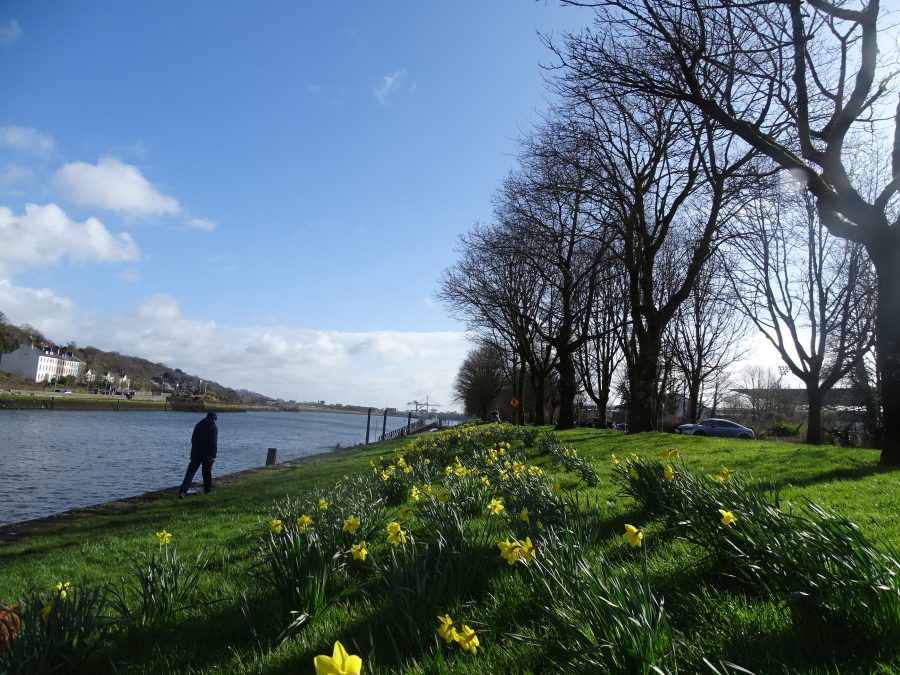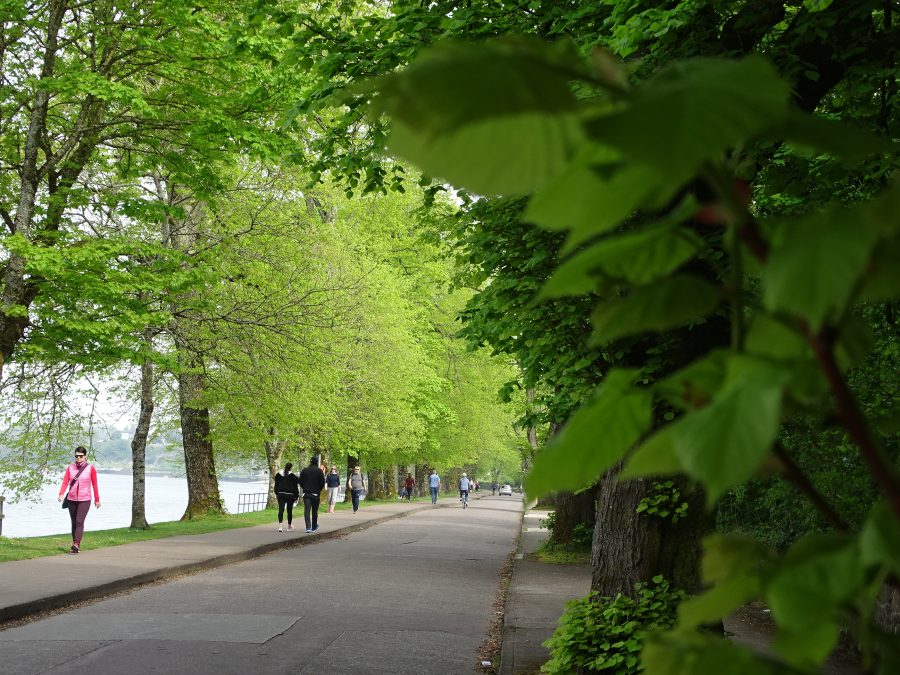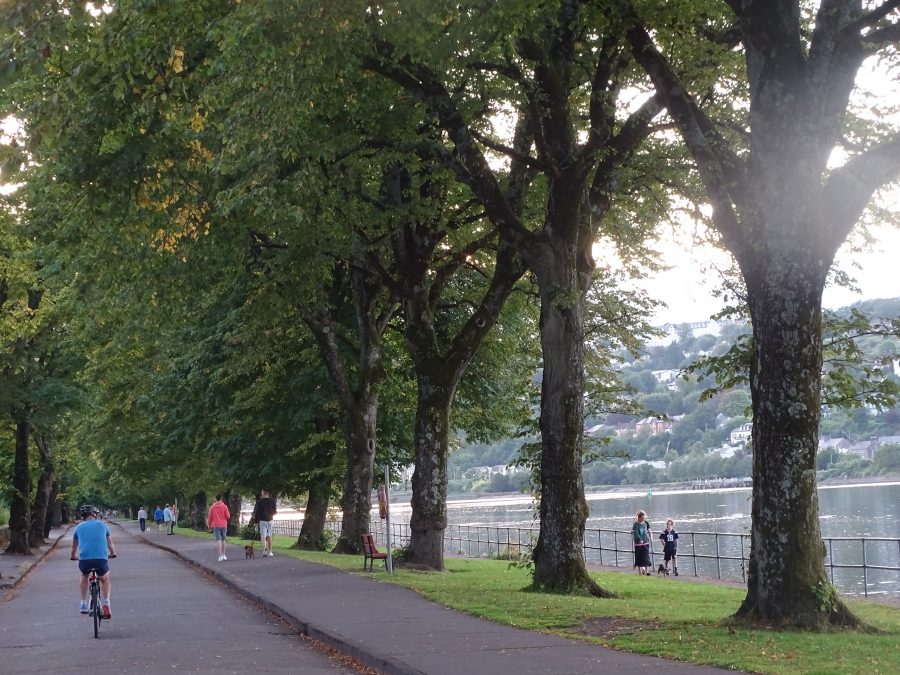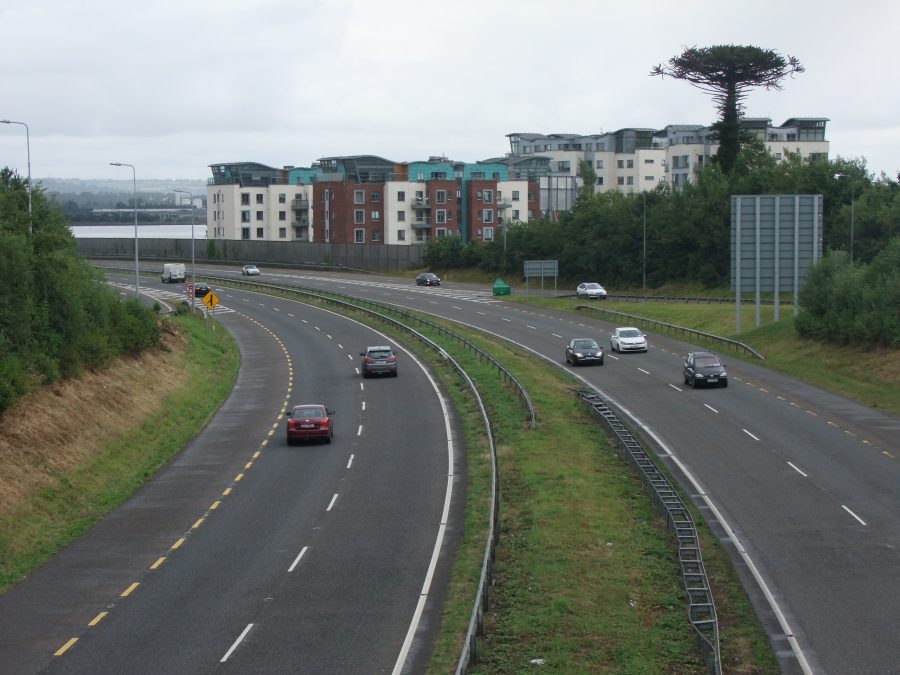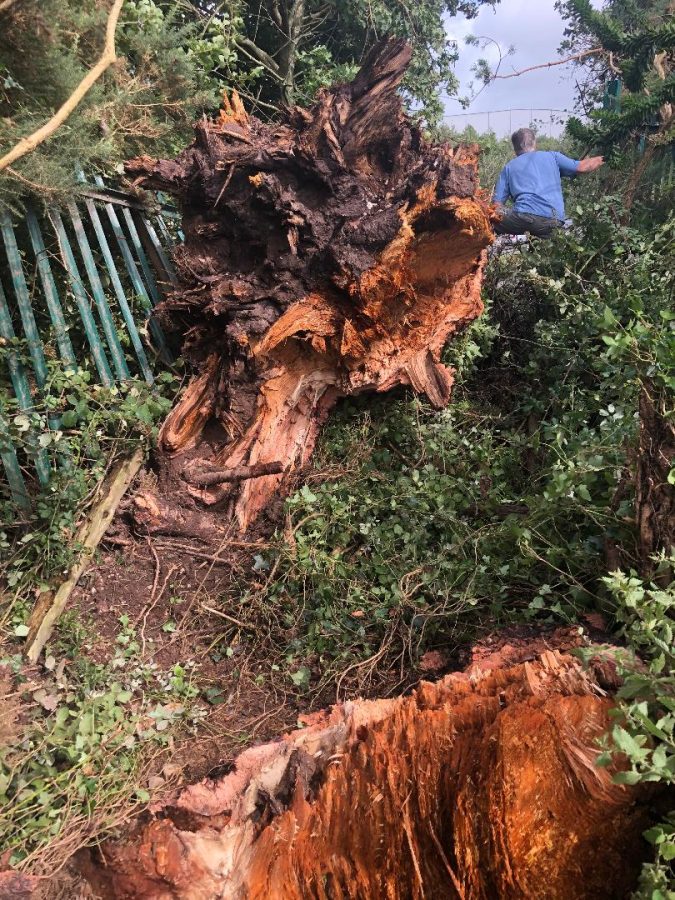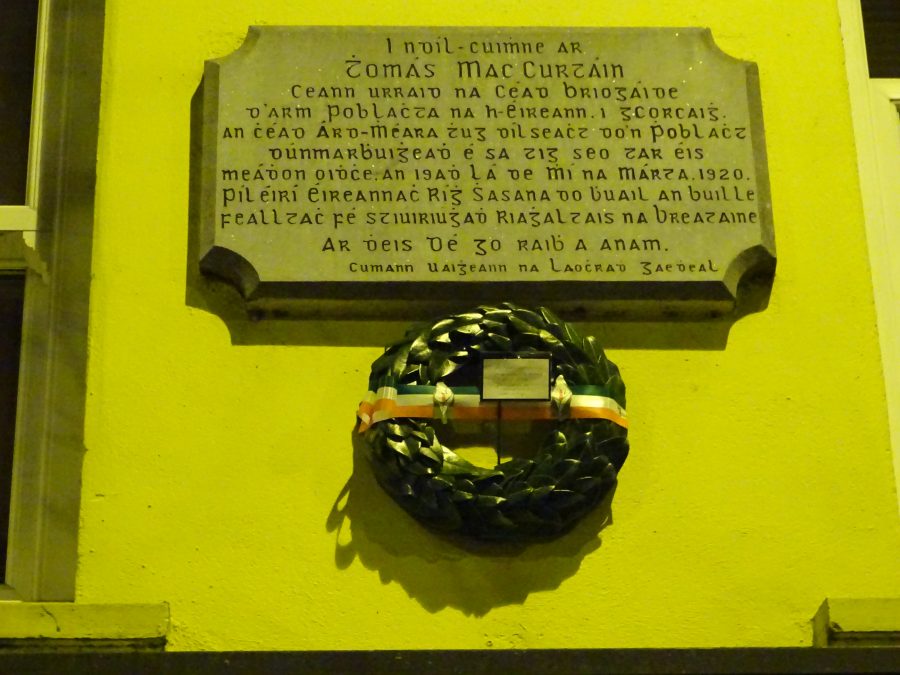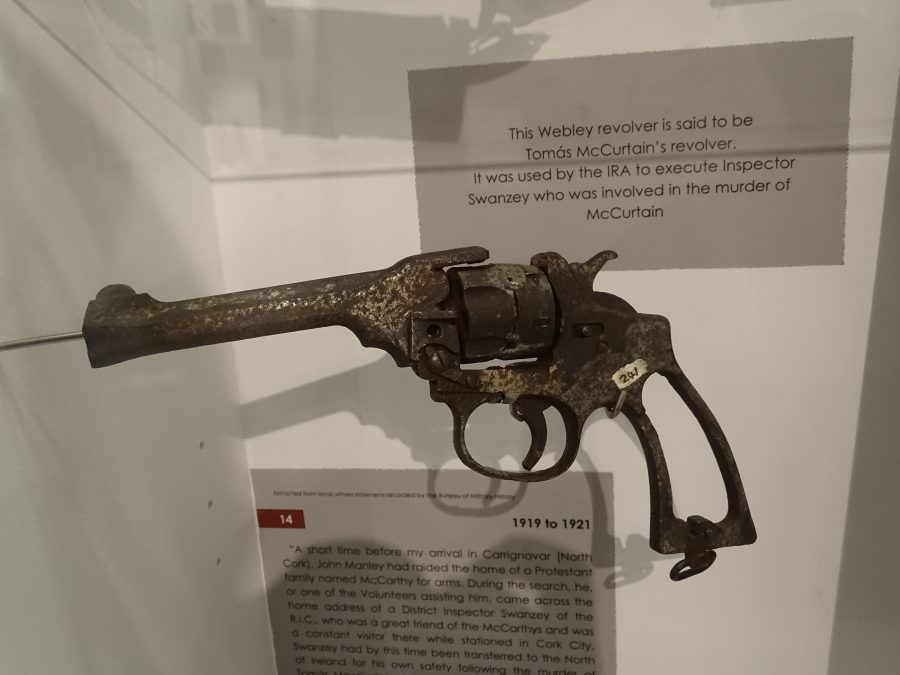Kieran’s Our City, Our Town Article,
Cork Independent, 10 September 2020
Remembering 1920: Calls of Clemency for Terence’s Release
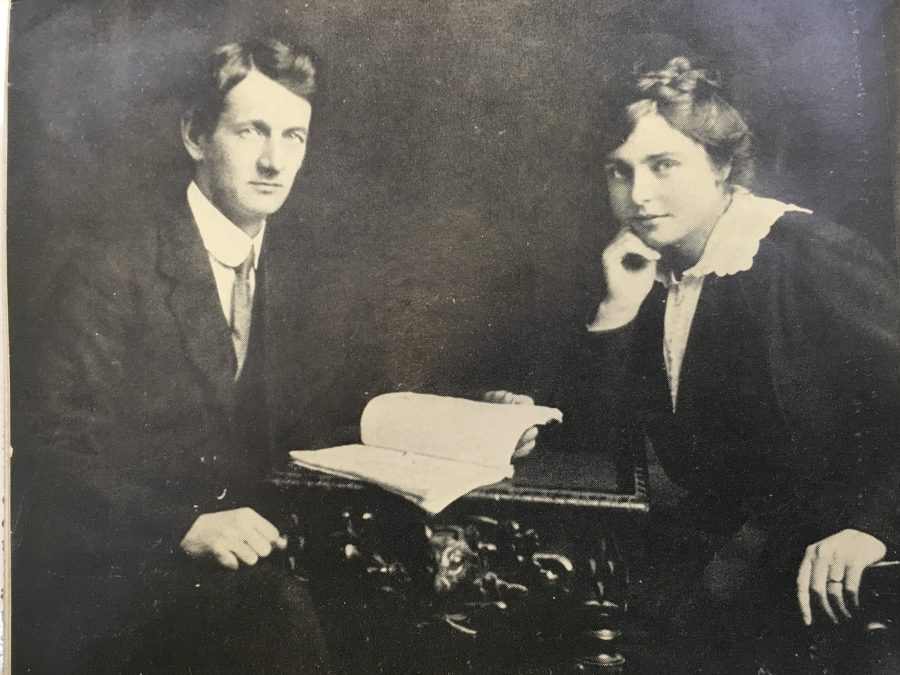
1065a. Terence MacSwiney and his wife Muriel Murphy, c.1917 (source: Cork City Library).
By the closing two days of August 1920 or nearly twenty days into Terence MacSwiney’s hunger strike, there was much public concern and there were regular groups of sympathetic groups of watchers outside London’s Brixton Prison and its surroundings. They waited for the latest news or any sign that clemency would be granted. Despite the emotionally charged situation Terence’s wife Muriel and his brother and two sisters were regular visitors.
Each day his sister Mary, one of the founders of Cumann na mBan in Cork, informed the Cork Examiner representative and the Press Association representatives of Terence’s worsening condition. For days on end the narrative revolved around how very weak he was, how he could not talk very much; how his end was near, and his weakened and critical state. Mary related that the doctor told her that the Lord Mayor was in such a low state that even were he to receive any nutriment he would not respond to it. Terence was in a very grave situation, and a change for the worse might take place at any moment during any one 24 hour period.
From Terence’s deportation to Brixton, support for his release was relentless. From across Ireland from Dublin to Waterford to Kerry Muriel MacSwiney received many messages of support from local Boards of Guardians, Worker Unions, Cuman na mBans and Rural District Councils. In Dundalk, a thousand employees of the Great Northern Railway stopped work and marched to their nearby church to recite the Rosary for Terence who they described as a “man lying prostate in an English Dungeon”. The Cork Examiner records Cork institutions such as the Cork Board of Guardians, Cork Harbour Board, Cork Trades and Labour Council and many more passing resolutions protesting against his deportation. Even the Cork County Board cancelled all GAA fixtures indefinitely.
On 25 August 1920 Prime Minister Lloyd George gave his official response to the Press Association;
“I have received several communications here concerning the Lord Mayor of Cork. I deeply regret his decision to starve himself and the suffering he thus, of deliberate choice, is inflicting, not only on himself but on relations and friends; but the Cabinet are responsible for preserving to the best of their ability the machinery upon which the protection of life and good order depend in the country. If the Lord Mayor were released, every hunger-striker, whatever his offence, would have to be let off… If the Cabinet, therefore departed from its decision, a complete break-down of the whole machinery of law and government in Ireland would inevitably follow. Whatever the consequences it cannot take that responsibility”.
The Prime Minister’s stoic-ness fuelled further widespread condemnation and clemency calls especially at Cork City and regional level. On 27 August 1920 Cork’s Roman Catholic Bishop Daniel Cohalan openly wrote to the Times newspaper, a full copy of which was also published in the Cork Examiner. He deplored the decision to keep Terence and condemned the evidence and charges brought against him;
“The Lord Mayor of Cork should be instantly released. What is his crime? Was there any charge of an antecedent crime imputed to him on the night of his arrest? There was none. His pockets and his desk were searched, and a charge was founded on papers found on his person. What were the charges? The first was a copy of the speech he made last March at his inauguration, and which was published in the newspapers. But how does that speech delivered in March, and published in the papers, become a danger to the realm only in August? The second charge was a copy of a resolution of loyalty to Dáil Éireann. And again how does this become a danger to the realm. The third charge was that the military found, not on his person, but in his desk, a recent police code. But why should the possession of a police code by the Lord Mayor of a city be considered a danger to the realm? The charge is a proof that in Ireland the police are diverted from their natural work, and made the instrument of a partisan oppressive government. Why should the police have a code which could not be entrusted to the Lord Mayor of a city?”.
On the afternoon of 30 August 1920, Deputy Lord Mayor of Cork Donal O’Callaghan organised the first of three public signing days in Cork City Hall condemning Terence’s arrest. The stream of visitors wishing to sign was sizable with great rushes at certain points of time. By the closure of the signings, the total signatures neared the 30,000 mark with every prominent member of Cork’s commercial, professional and labour bodies after signing as well as over two priests across the spectrum of the religious orders, university members, medical boards and from a large number of Unionist, Protestant and Jewish citizens.
Corkonians also took to the streets of County Cork towns such as Bandon and Skibberreen and the city’s main thoroughfares. On the evening of 30 August 1920, the wide space between the Berwick Fountain and the National Monument on the City’s Grand parade was densely packed shoulder to shoulder with men, women and children. The Cork Examiner records an imposing display made by the South Parish Confraternity (men), who adjourned their weekly meeting, and marched one thousand strong to the Grand Parade, headed by their leader Fr Patrick MacSwiney. Traffic was suspended and the thousand knelt closely on the street and fervently gave the responses to the Rosary, recited in Irish. After the Rosary the hymns, Faith of Our Fathers, and Hail, Glorious St Patrick were sung. Before they separated, the thousand participants sang the Soldiers Song. The quest to save Terence was stronger than ever. Such public pressure grew stronger as September and October 1920 progressed.
Kieran’s new book Witness to Murder, The Inquest of Tomás MacCurtain is now available to purchase online (co-authored with John O’Mahony 2020, Irish Examiner/www.examiner.ie).
Captions:
1065a. Terence MacSwiney and his wife Muriel Murphy, c.1917 (source: Cork City Library).
1065b. Mary MacSwiney, Sister of Terence MacSwiney, and one of the founders of Cumann na mBan in Cork (source: Cork City Library).
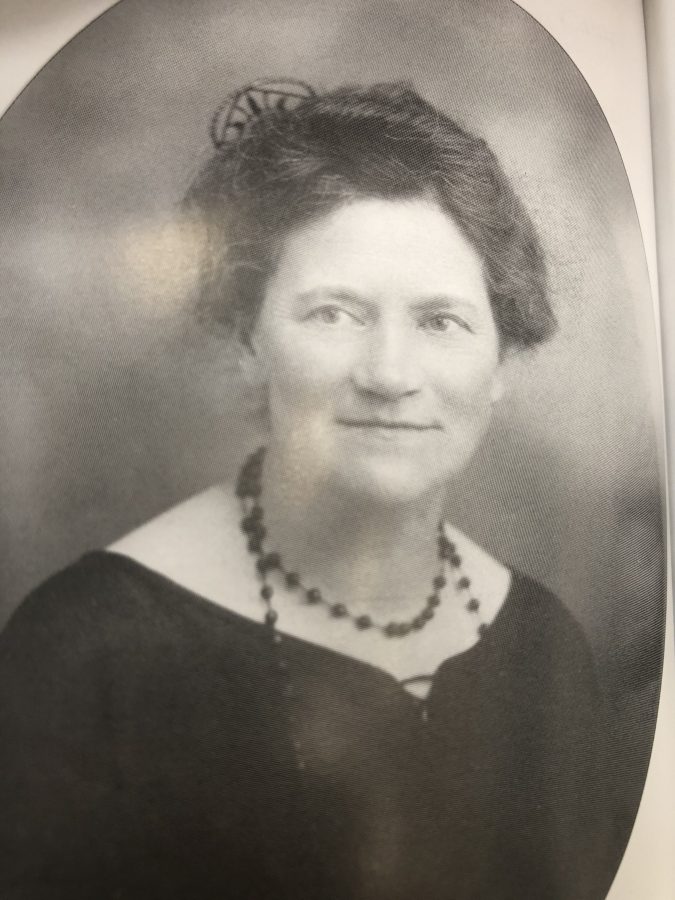
1065b. Mary MacSwiney, Sister of Terence MacSwiney, and one of the founders of Cumann na mBan in Cork (source: Cork City Library).
